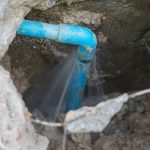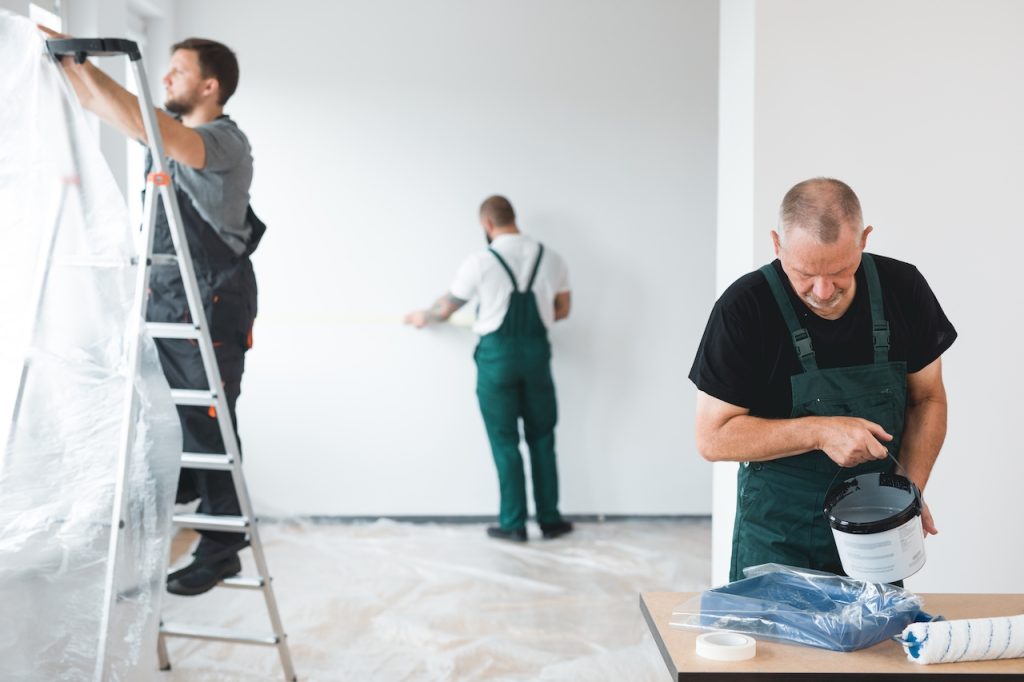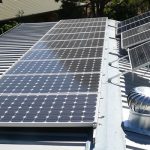For convenience, energy economy, and general unit performance, air conditioner maintenance is crucial. A correctly functioning air conditioner eliminates extra moisture from the air, keeping residents pleasant, according to Dr. Sarah D. Kirby, state program head for Family & Consumer Studies and professor at North Carolina State University. Mold development is a result of dirty air purifiers or malfunctioning systems, and this can make allergy and asthma symptoms worse. Have a look at the top Cooling Repair services near you.
The steps to shut off the air conditioner’s power and clean out the unit’s detritus are the sections of this text that are most crucial. Locate an external shut-off box close to the compressor or condenser and cut off the electricity at the breaker box inside. Lift the cage or fan grill away from the unit’s top by removing the screws, which are located on the fan cage. Clean the space around the device, straighten the fins, and clear the fins. To ensure proper airflow, rake back the leaves and detritus around the condenser and trim back the limbs and plants by at least two feet in all directions.
Switch out the fan housing. However, don’t fully enclose the edges of the appliance because corrosion can result from moisture accumulation inside. By sloping the cushion away from the house’s base and using rot-resistant shims to level the unit, you can. When cleaning the evaporator coil door, take off the aluminum duct tape and use a no-rinse coil cleanser that is readily available in stores. Pour a cup containing a mixture of 50% bleach and 50% water down the sink after cleaning the drain basin with soap, hot water, and bleach. Skip the next step and instead clean the evaporator pipe if the bleach solution drains readily. The instructions for how to clear an HVAC system’s evaporator drain and replace its fan filter are the most crucial information in this book.
A 1-inch PVC conduit used for the evaporator drain empties into a drain tube that is usually installed outside or in a utility sink or cellar floor drain. At least twice a year, the fan filter needs to be replaced; if you reside in an especially dusty region, you might want to do so more frequently. HEPA or “air purifying” filters should be used with caution, as they can restrict system ventilation and result in the interior coil freezing. Where the sizable fresh air return conduit joins the interior heater or air conditioner should be the location of the filter enclosure. The methods to maintain a top-notch air conditioning system are the most crucial information in this book. The procedure also entails having a qualified specialist examine the system regularly and replace the old filter with a new one after making sure the filter’s air-flow direction arrows line up with those on the unit. Furthermore, a working system depends on having clear ducts and adequate airflow, but residents lack the tools required for these tasks.
















